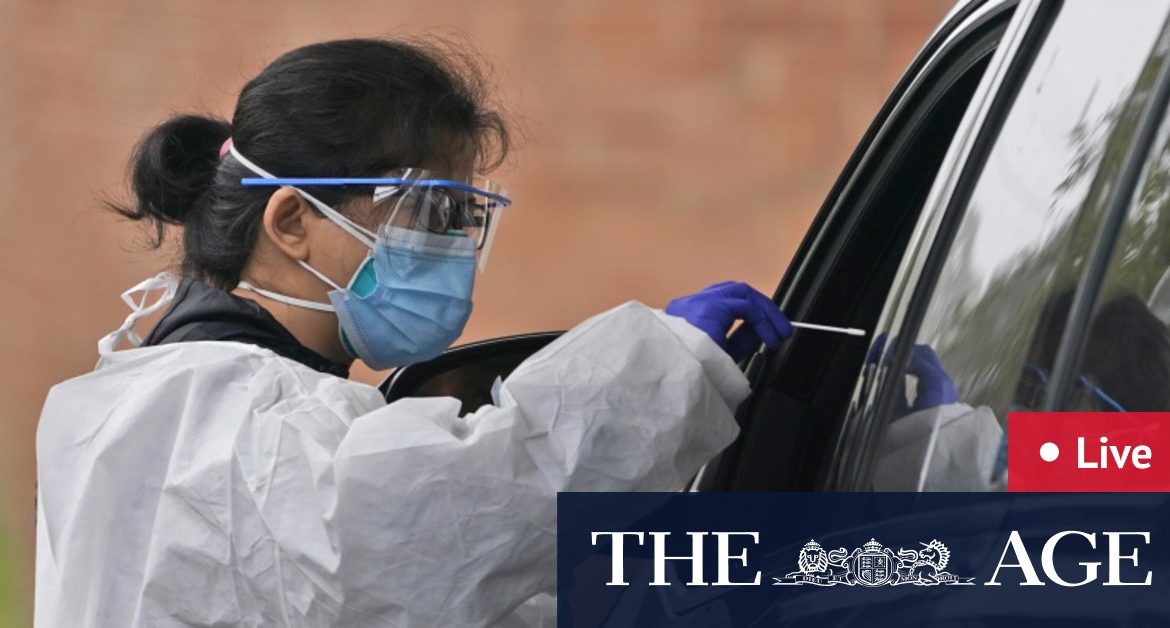Every year, at 11am on November 11, a beam of sunlight streams into the Shrine’s sanctuary to mark the anniversary of the signing of the armistice to end World War I.
The light moves across the word “love” in the phrase “Greater Love Hath No Man” engraved on the Stone of Remembrance set into the sanctuary floor.
Inspired by similar solar ceremonies in ancient temples, the Shrine was designed with apertures specifically for this purpose.
The sun shines down in the Shrine.Credit:Angela Wylie
However, in 1971, the introduction of daylight saving meant the light hit the stone at noon, instead of 11am.
For a few years, artificial light was used, but the Shrine’s original surveyor, Frank Doolan, decided this wouldn’t do.

Frank Johnston on the Shrine upper walkway, circa 1980.
And so, in the lead-up to the 1975 ceremony, Mr Doolan asked Mr Johnston, then an RMIT surveying lecturer, and some colleagues to restore the use of sunlight.
For the past 45 years, Mr Johnston and the team have climbed 35 metres to the top of the Shrine to ensure a two-mirror system is correctly angled on the pillar. It can shift because the basalt paving slabs it’s built on are set in bitumen, which can move with heat.
Mr Johnston, whose four uncles served in either World War I or II, considers it a community service.
“It’s been a labour of love over the years,” he said.
“I’m quite sure it will continue, and I intend to keep doing it until I can’t.”







